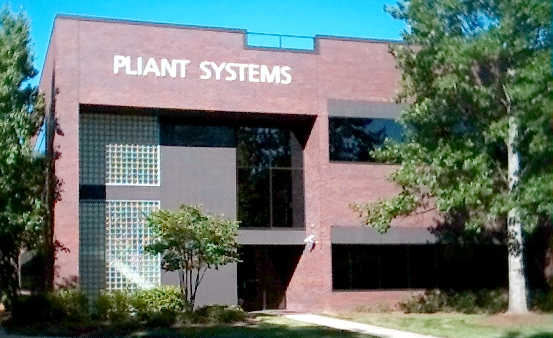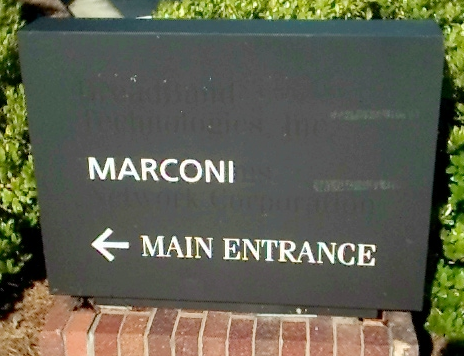I started updating my résumé. The only version of it that exists at the moment is a Web page that includes links to the companies I’ve worked for (and some other relevant organizations like the STC chapter I was once president of). This HTML résumé is actually a leftover from my last job search a year ago, but it gives me something to start with. I’ll undoubtedly want to create a PDF version as well.
Since I haven’t looked at it for the last year, I thought I should test all the links to make sure they were still valid. And I discovered that one of them was not: the Web site of Pliant Systems, the company that I worked for from February 1993 to March 1996, is gone. And when I did some digging, I discovered that the company is gone as well. It went bankrupt last July.
When I started work there in ’93, the company was a small startup called BroadBand Technologies. It was located in leased office space at One Park Center on Miami Boulevard, at the edge of RTP. A few months after I joined them, the company (which was expanding rapidly) moved to a much larger office complex on Stirrup Drive (off Miami Boulevard just a short distance away). The One Park Center space that we vacated was taken over by Bell & Howell, and I believe both Virgil and Miles worked there before B&H moved to other quarters. Today that space looks like this; the lack of a permanent sign suggests that it continues to serve as temporary quarters for companies that are making more permanent arrangements elsewhere.

By the time I left for Alcatel in ’96, the company was struggling. BroadBand had a innovative technology for transporting large amounts of data over optic fiber, but they never did figure out exactly how they wanted to market it, or to whom. At first they tried to sell it as a means of providing video-on-demand services to cable TV companies, but trials of that concept never generated much interest. Customers just didn’t want it. Later, the technology was presented as a means of providing broadband Internet connectivity, or distance learning capability, or DSL.
This is a classic management error in high-tech companies dominated by engineering types: they devote a lot of money and time to developing a new technology, assuming (without actually doing any market research) that there will be a demand for it. Eventually, the new technology is ready, the products begin to roll off the assembly line — and the company realizes that it has to find someone to sell them to.
Unfortunately, BroadBand never found the market it needed. After I left the company, it fell on hard times. The stock price plummeted, and after being delisted from NASDAQ, the company changed its name to Pliant Systems. The last time I checked the pliantsystems.com Web site (in April 2001), it was still operational. When the company imploded, I was no longer in touch with anyone still working there, and I didn’t hear about it.
On my way home, I stopped by the Pliant headquarters to see if I could find any trace. The space formerly occupied by the company stands vacant; the owner is renovating it in the hope of finding a new tenant. A Pliant sign is still visible on the outside of the building that it shared with Marconi.

But the Pliant name has been removed from the parking lot sign. If you look closely, though, you can clearly see where the names “BroadBand Technologies, Inc.” and “Pliant Systems” used to be.
I worked for another small startup company, Millidyne Inc., in 1990. Today that company is also gone without a trace. And while Alcatel is still in business, the Raleigh site where I worked is a mere shadow of what it was in 1996, and I won’t be at all surprised if it closes. I seem to be leaving a trail of devastation behind me as I wander from company to company. Am I the Typhoid Mary of Research Triangle Park?

